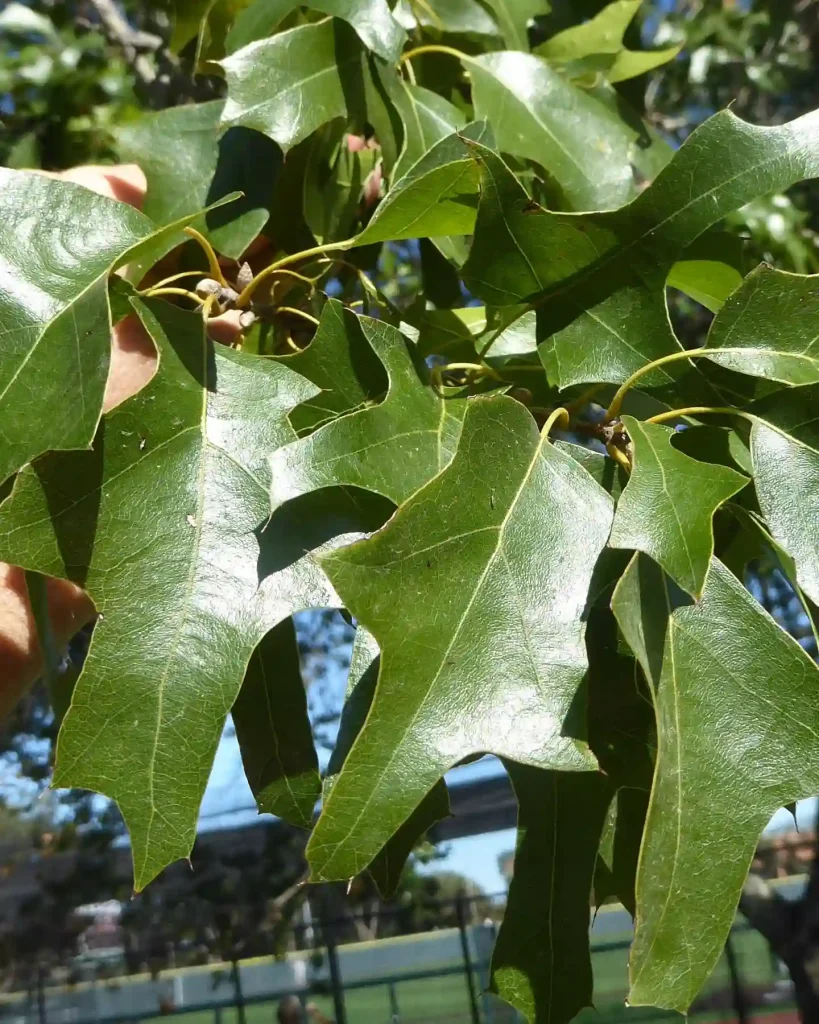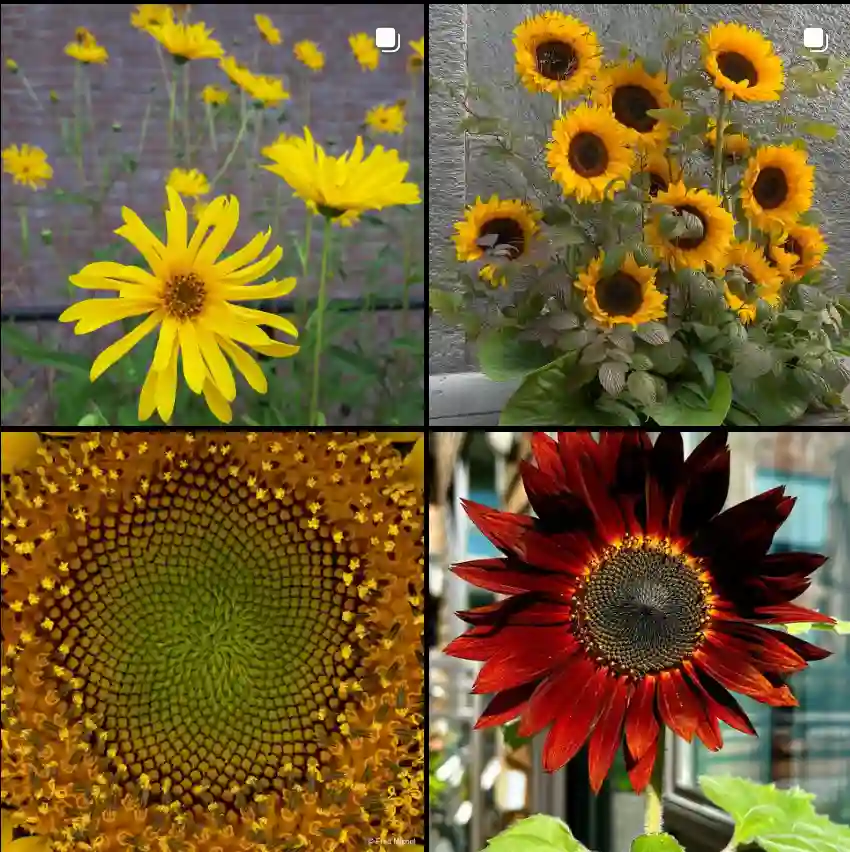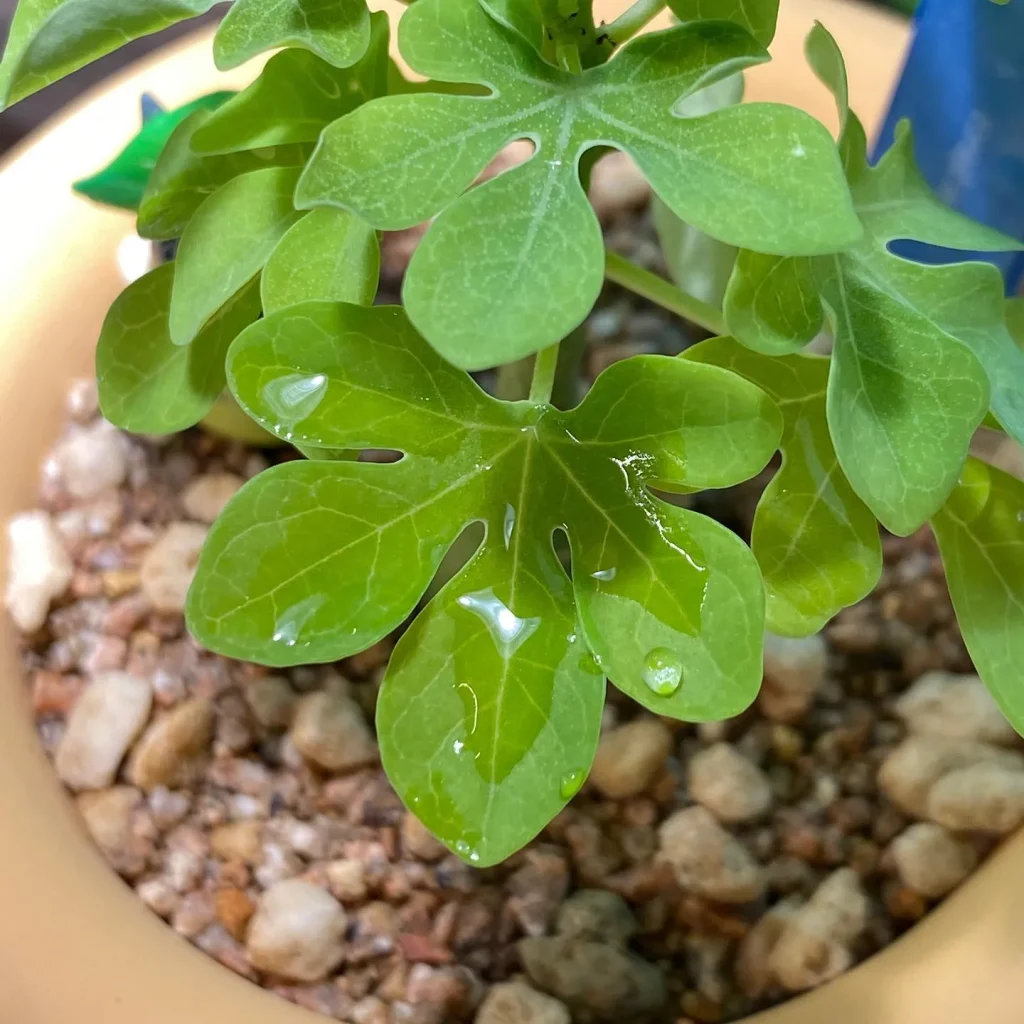My Journey with Marsilea Minuta: The Aquatic Marvel
Marsilea Minuta, commonly known as the Dwarf Water Clover, has been a fascinating addition to my aquatic garden. This charming plant, with its clover-like leaves, has proven to be both a delight and a challenge. I am excited to share my experiences and insights on this remarkable plant, covering essential aspects such as planting, care, and propagation.
What is Marsilea Minuta?
Marsilea Minuta is an aquatic fern that belongs to the Marsileaceae family. It thrives in wet, marshy environments and can be found in various parts of the world. Its unique appearance, reminiscent of a four-leaf clover, makes it a popular choice among aquarists and pond enthusiasts. This plant is not just visually appealing but also plays a crucial role in creating a balanced aquatic ecosystem.
Marsilea Minuta vs Crenata
When comparing Marsilea Minuta to Crenata, I find that Minuta’s compact growth makes it perfect for my small tank setups, while Marsilea Crenata‘s slightly larger leaves give a lush, fuller look in my bigger aquariums.
How to Plant Marsilea Minuta?
Planting Marsilea Minuta is a straightforward process, but it requires some attention to detail to ensure success. Here’s a step-by-step guide to get you started:
- Prepare the Substrate: Choose a nutrient-rich substrate as the base for planting. This will provide the necessary nutrients for healthy growth.
- Planting: Gently separate the plant into smaller portions. Each portion should have a few leaves and roots. Plant these portions evenly across the substrate, ensuring they are partially buried.
- Water Conditions: Maintain a water temperature between 68°F and 82°F. Ensure the water is clean and well-oxygenated.
- Lighting: Marsilea Minuta requires moderate to high lighting. Provide at least 8-10 hours of light daily to promote healthy growth and prevent algae buildup.
Is Marsilea Minuta a Tissue Culture or Potted Plant?
Marsilea Minuta can be found in both tissue culture and potted forms. Understanding the difference between these two can help you make an informed decision.
Tissue Culture
- Advantages: Tissue culture plants are grown in a sterile environment, which means they are free from pests and diseases. They also tend to establish quickly in new environments.
- Disadvantages: They can be more delicate initially and require careful acclimatization to new conditions.
Potted Plants
- Advantages: Potted plants are generally hardier and have a well-established root system. They are easier to plant directly into the substrate.
- Disadvantages: There is a risk of introducing pests or diseases from the external environment.
How to Care for Marsilea Minuta?
Caring for Marsilea Minuta involves maintaining optimal conditions and addressing any issues promptly. Here are some essential care tips:
- Nutrient Supply: Regularly fertilize the substrate with root tabs or liquid fertilizers to provide essential nutrients.
- Pruning: Trim the plant regularly to prevent it from overgrowing and to encourage bushier growth.
- Water Quality: Conduct regular water changes to maintain clean and healthy water conditions. Monitor pH levels, keeping them between 6.5 and 7.5.
- Algae Control: Algae can compete with Marsilea Minuta for nutrients. Introduce algae-eating fish or shrimp to help keep algae under control.
How to Propagate Marsilea Minuta?
Propagation of Marsilea Minuta is relatively easy and can be done through two main methods:
Division
- Step 1: Carefully remove the plant from the substrate.
- Step 2: Gently separate the plant into smaller clumps, ensuring each clump has roots attached.
- Step 3: Replant the clumps in the desired locations within the substrate.
Runners
- Step 1: Identify the runners (horizontal stems) that the plant sends out.
- Step 2: Once these runners develop roots and leaves, they can be separated from the parent plant.
- Step 3: Plant these new plants in the substrate.
What to Plant with Marsilea Minuta?
Choosing companion plants for Marsilea Minuta can enhance the visual appeal and health of your aquatic garden. Consider these plants for a harmonious and thriving environment:
- Java Moss: This versatile moss provides excellent coverage and creates a natural look.
- Anubias Nana: A hardy plant that complements the delicate structure of Marsilea Minuta.
- Dwarf Hairgrass: Its fine, grass-like leaves contrast beautifully with the clover-like leaves of Marsilea Minuta.
- Cryptocoryne: These plants add depth and variety with their broad leaves and different color variations.
Conclusion
Marsilea Minuta has been a rewarding plant to grow and care for in my aquatic garden. Its unique appearance and contribution to the ecosystem make it a valuable addition. By understanding its needs and providing the right conditions, anyone can enjoy the beauty and benefits of this charming aquatic fern. Whether you choose to start with tissue culture or potted plants, the journey with Marsilea Minuta is sure to be a fulfilling one.
If i die, water my plants!



